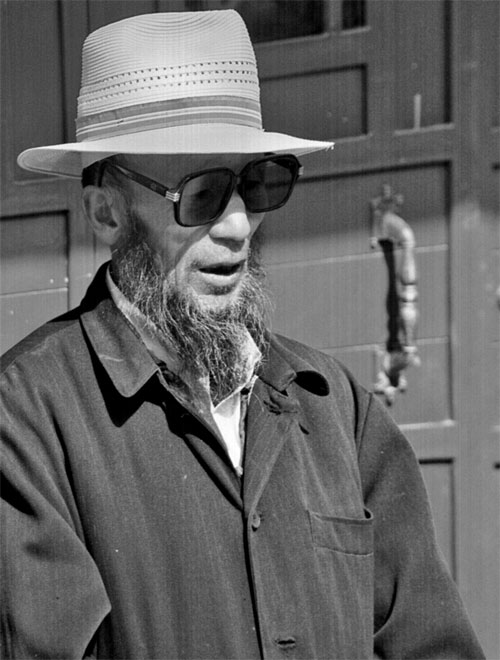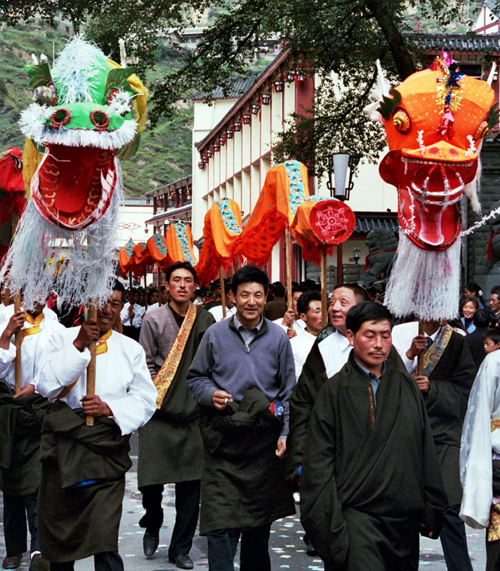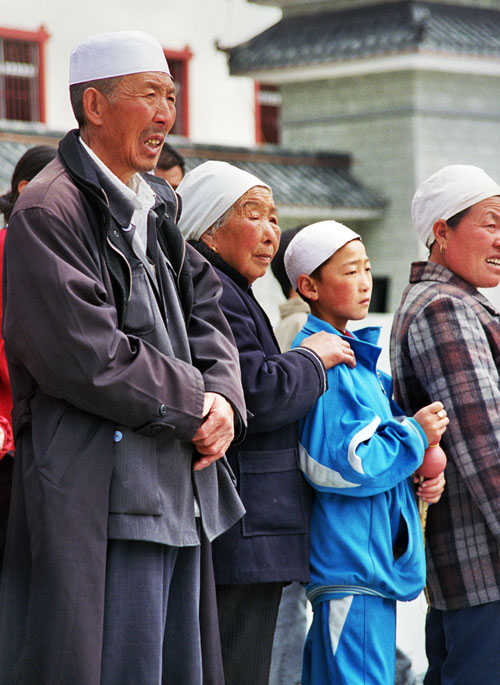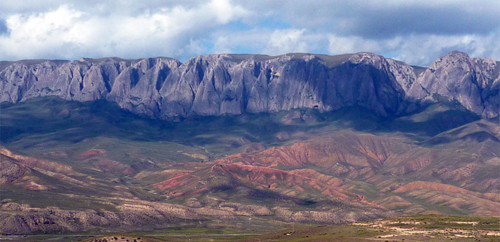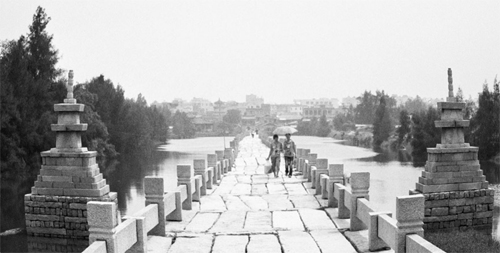Kongtong Shan Daoist paradice: From Our Diary
Kongtong Shan and Bus Insurance Hassle: 崆峒山甘肃省

Update
Kongtong Shan Daoist paradice: Pingliang has become a large prosperous town in the last decade and has expanded enormously. Along with that expansion there are more hotel and eating options than what we have listed here. Kongtong Shan has become a huge domestic tourist spot and has undergone a lot of renovations. Many of the old temples have been rebuilt and some of the authenic atmosphere of a taoist hideaway has disppeared forever. That said it is still a beautiful place. Transport to and from Pingliang has also improved. Especially the bus connections to other major cities such as Lanzhou, Tianshui and Xian. You also don’t need to purchase the Gansu Travel Insurance anymore (Click here.)
Kongtong Shan Daoist paradice Part one: Lanzhou – Pingliang
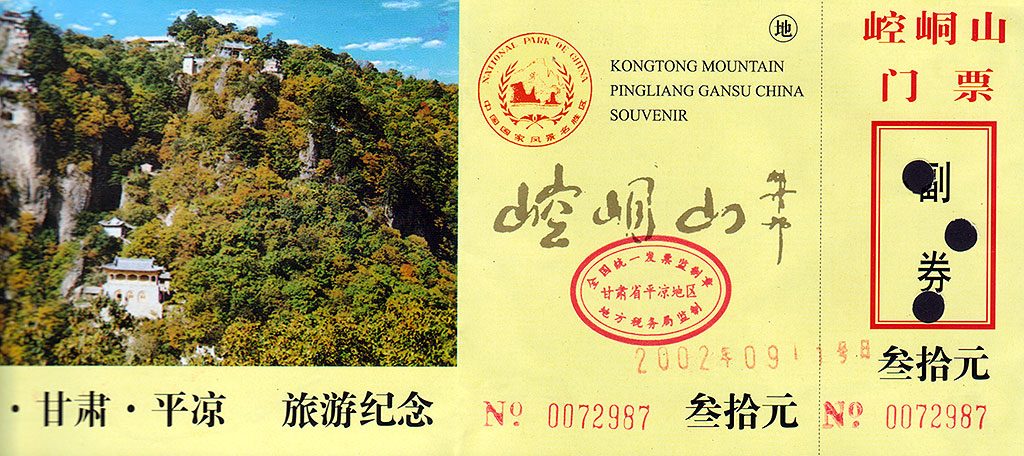
Kongtong Shan Daoist paradice: The first part of the adventure involves no more than going to the Western bus station and convincing the ticket sellers to sell you a ticket to Pingliang. In the summer of 2002 we had a tremendous battle with them, because they simply refused to sell us a ticket, even though we had previously purchased the (in)famous travel insurance that was obligatory in Gansu at the time. Finally we had to resort to the PSB to sort the problem out (click here for a full account of our bus hassle).

Pingliang and Kongtong Shan: 崆峒山
Once you get there, Pingliang is a small town which makes an excellent base for a visit to the Taoist Mountain of Kongtong Shan, one of the most sacred in China, which is a mere 15 kms away.

Kongtong Shan Daoist paradice: Getting there
The best approach is to take a taxi to the reservoir (around 20 Yuan); a steep flight of steps will take you up to a road, skirting the reservoir, and on to the first temple. This is a beautiful ancient Taoist structure, guarded by venerable old priests, some of them with the pointy goatee and bun, characteristic of many followers of Tao.

After this, you come to the ticket window, from where different paths will take you up the mountain in around 3 hours, passing many small temples, nunneries, colourful gardens and Continue reading “Kongtong Shan Daoist paradice”



















